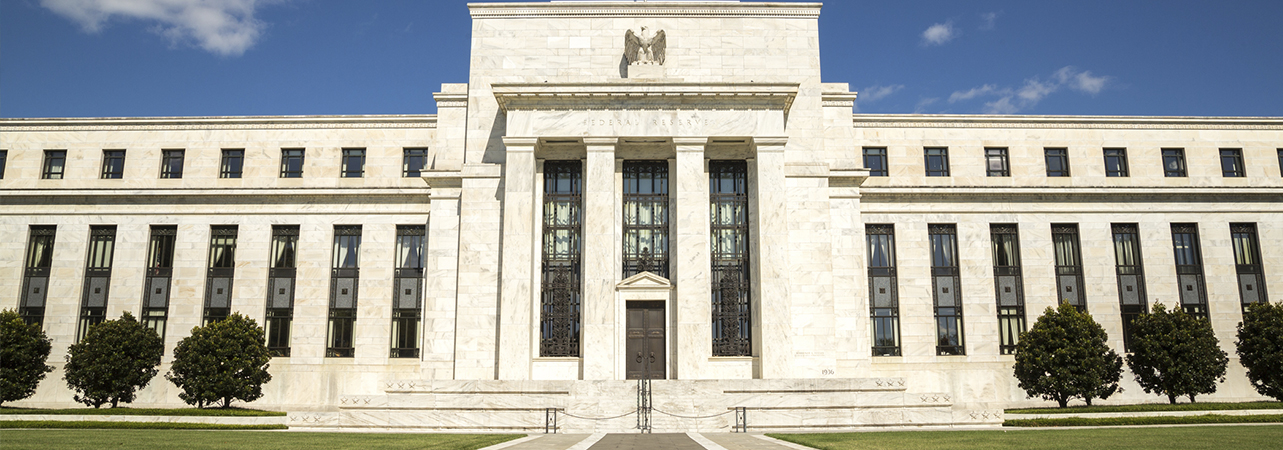In an unprecedented move, the US Federal Reserve (Fed) announced its second consecutive emergency rate cut as central banks around the world launched co-ordinated action to support the global economy.
- The federal funds rate was cut by 50 basis points to a range of 0% to 0.25%
- Rates were last cut this low in 2008 during the financial crisis
- The Fed joined with five other major central banks to boost global liquidity
In an unprecedented move, the US Federal Reserve (Fed) announced its second consecutive emergency rate cut as central banks around the world launched co-ordinated action to support the global economy. Fed Chair Jay Powell acknowledged the “profound effect” of the coronavirus on the global population and economy.
“It makes me very happy … I didn’t expect this, and I like being surprised” (President Donald Trump)
The Fed cut its key federal funds rate by one percentage point to almost zero, reducing it to a range of 0% to 0.25%. The federal funds rate last hit this level in 2008, and it remained there for seven years, until 2015. The central bank had previously cut the its key interest rate on 3 March by one-half of a percentage point.
The members of the Federal Open Market Committee (FOMC) voted by nine to one in favour of the cut, with one official favouring a more modest cut to a range of 0.5% to 0.75%. In its statement, the Fed said: “The Committee expects to maintain this target range until it is confident that the economy has weathered recent events and is on track to achieve its maximum employment and price stability goals” .
President Donald Trump – who has made no secret of his dissatisfaction with Chair Powell and the Fed – welcomed the move, commenting: ““It makes me very happy … I didn’t expect this, and I like being surprised”. Only the day before, President Trump had reminded listeners that he had the right to remove or replace Chair Powell.
The Fed also announced US$700 billion-worth of quantitative easing measures, comprising US$500 billion-worth of Treasury bonds and US$200 billion-worth of mortgage-backed securities. The central bank intends to use its “full range of tools” to support the economy, warning: “The effects of the coronavirus will weigh on economic activity in the near term and pose risks to the economic outlook” .
Meanwhile, six major central banks – the Fed, the Bank of England (BoE), the European Central Bank, the Bank of Canada, the Bank of Japan, and the Swiss National Banks – will work together to boost global liquidity and ease the supply of credit to households and businesses by increasing banks’ access to US dollars. A joint statement from BoE Governor Mark Carney and incoming Governor Andrew Bailey commented: “These new operations will help ease strains in global funding markets, thereby supporting the supply of credit to households and businesses”.


















